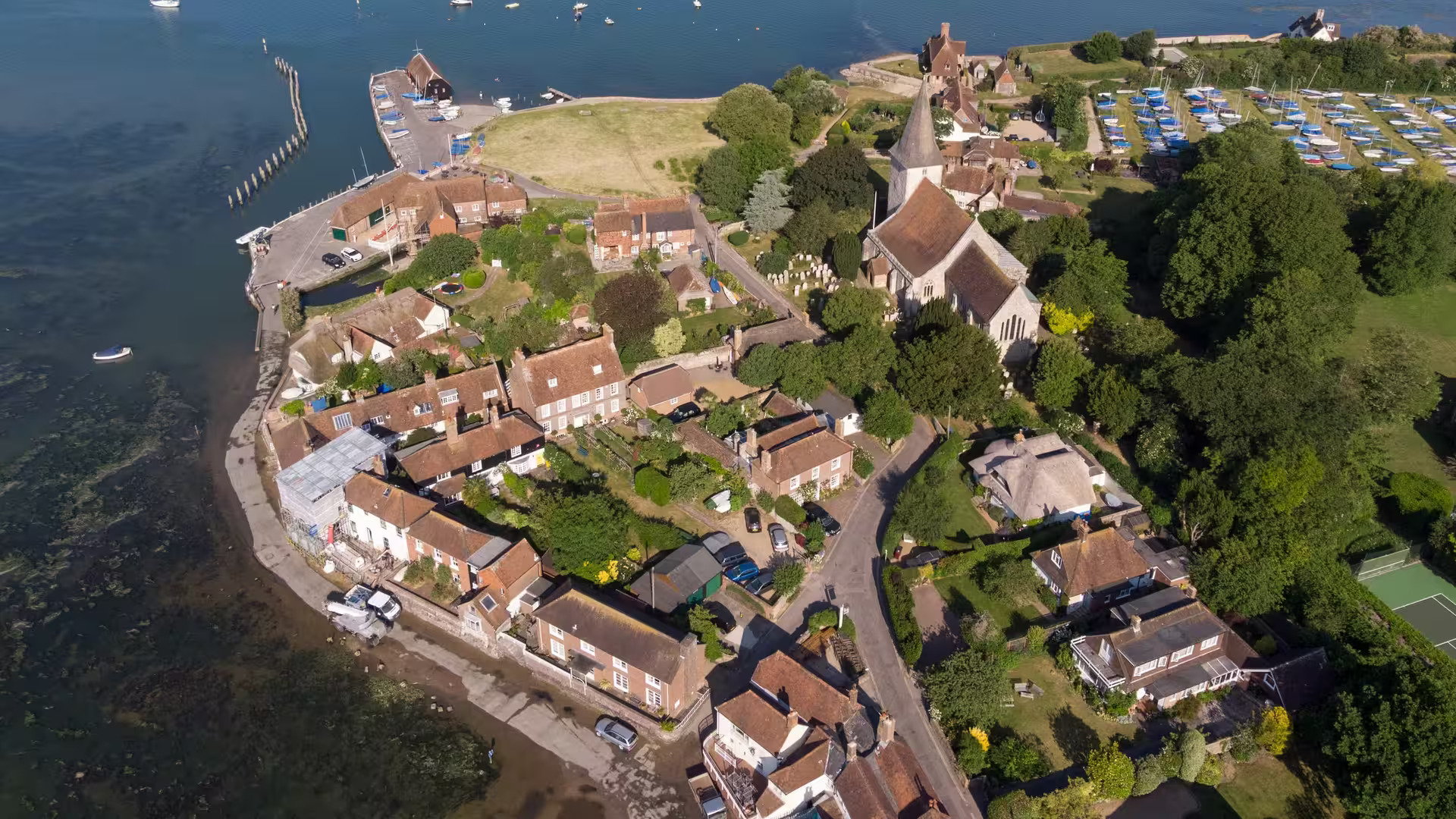
Archaeologists from Britain have found the remains of a royal residence from the 11th century in Bosham, West Sussex - very likely belonging to King Harold II, the last Anglo-Saxon ruler of England. This discovery provides new insight into the events that led up to the Norman Conquest.
For centuries, the Bayeux Tapestry has captivated historians and researchers. This medieval masterpiece, approximately 70 meters long, vividly portrays the confrontation between Harold Godwinson, later King Harold II, and William the Conqueror for the English throne in 1066.
Among the scenes depicted is a sequence showing Harold in the presence of his court, in a mysterious location. Thanks to thorough excavations conducted in Bosham, British archaeologists believe they have finally pinpointed one of the last known landmarks associated with the Anglo-Saxon king.
Enthusiastic about archaeology? You might enjoy these articles:
- Archaeologists have recently unearthed a luxury spa complex in Pompeii, remarkably well-preserved beneath the ash.
- Mainland Greece is a destination that will leave you in awe of the rich history and culture
- 7 Unforgettable Archaeological Sites to Explore in Portugal at Least Once
- "Experience the grandeur of
Bosham, a crucial site in the historical narrative of Harold II
It is believed that this location was connected to the Godwin dynasty, a prominent family during the reign of Edward the Confessor, and was probably used as a royal residence and a base for Harold's political activities before he became king.
This area is thought to be where the future king stayed before embarking on his 1064 journey to Normandy, in a disputed incident in which he allegedly made an oath to William the Conqueror. A coerced and later broken pledge, which, two years later, would serve as a pretext for the Norman invasion. The discovery of remains in Bosham suggests that this village played a pivotal role in the fate of the last Anglo-Saxon king.
Medieval latrines as clues
It was unexpected elements that allowed researchers to confirm the site's significance: medieval latrines, buried beneath multiple layers of soil. Far from being insignificant, these remains provide crucial evidence of a high-ranking residential structure. In fact, the presence of well-equipped sanitary facilities suggests a building used by nobles or military personnel, which lends credence to the possibility that a king and his relatives resided there.
In the 10th century, a time when Harold was establishing his power over the Kingdom of England.
There is no text provided for me to paraphrase. Please provide the text you would like me to paraphrase.
The year 1066 marked the end for Harold II and Anglo-Saxon England. After a victory over the Viking forces in September, the English king undertook a grueling march south to confront William's invasion. On October 14, the Battle of Hastings ended in a disastrous outcome: the well-organized and well-disciplined Norman troops emerged victorious after a day of intense fighting.
Harold was killed in battle, making way for a new dynasty that would change the course of English history. The exact site where he was buried is still unknown, but some theories propose that he was buried in Bosham, in the same church where his father was laid to rest.
This archaeological find sheds new light on the final years of Anglo-Saxon England preceding the Norman Conquest, bringing us one step closer to uncovering the truth obscured beneath centuries of myth and legend.
